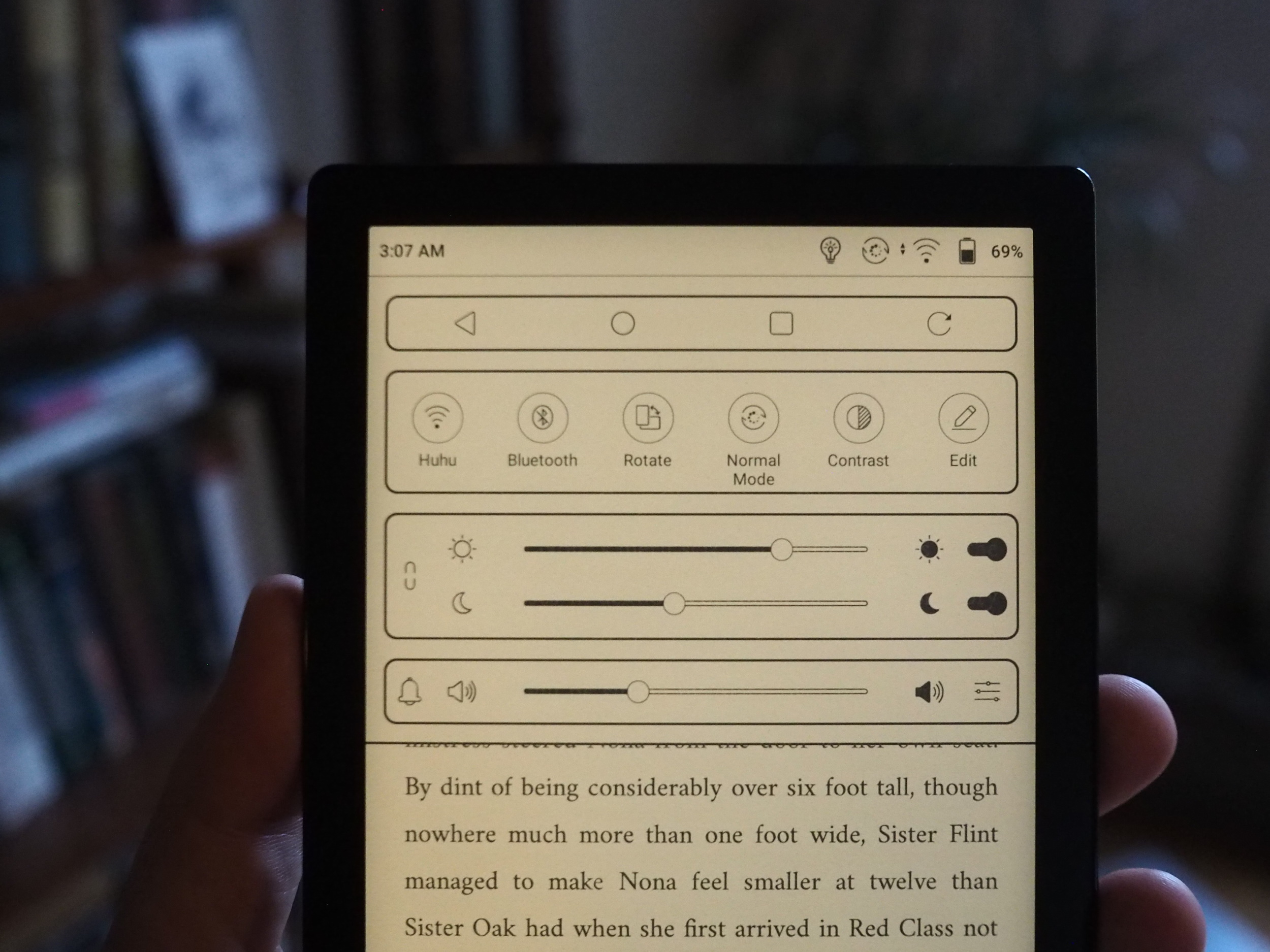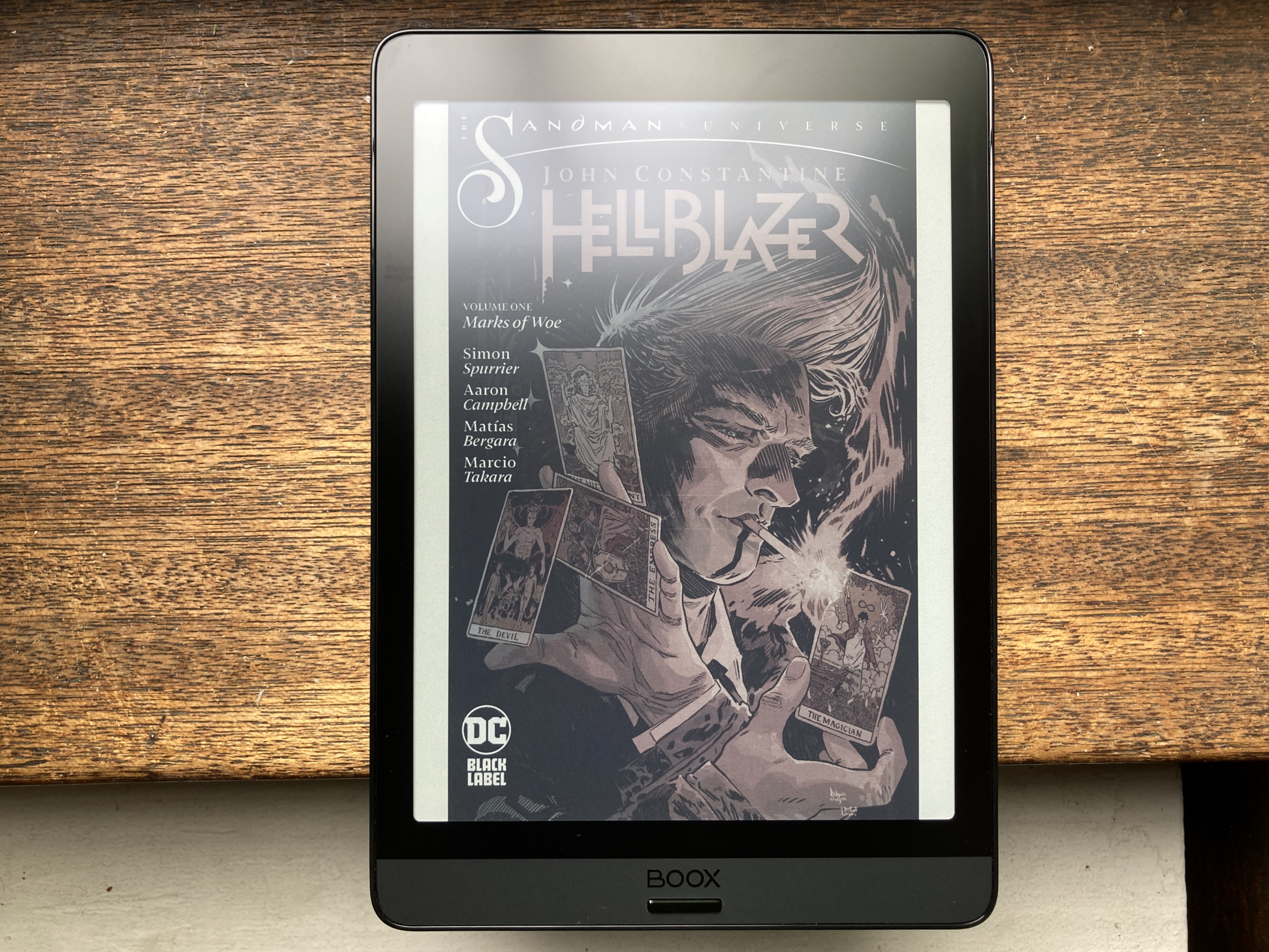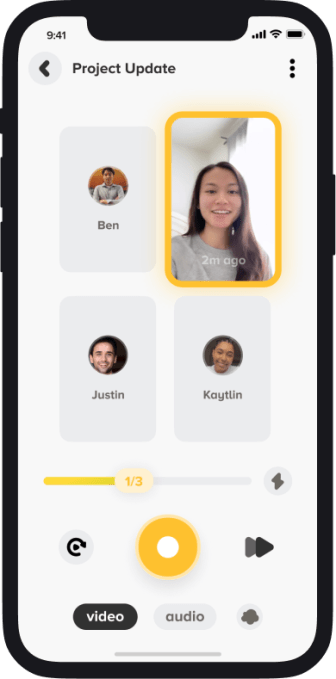News: Daily Crunch: Copenhagen-based Leapwork lands $62M Series B co-led by KKR and Salesforce Ventures
Hello friends and welcome to Daily Crunch, bringing you the most important startup, tech and venture capital news in a single package.
To get a roundup of TechCrunch’s biggest and most important stories delivered to your inbox every day at 3 p.m. PDT, subscribe here.
‘Ello and welcome to Daily Crunch for August 26, 2021. Or as someone called it recently, Friday Jr. We have lots and lots of news today, with a slight bias toward big items from Big Tech companies. But first, do note that we’re going to spend a lot of time talking fintech at Disrupt this year, and TechCrunch just announced that Techstars’ Saba Karim is coming. It’s going to be great! — Alex
The TechCrunch Top 3
- Airbnb expands who can help host Afghan refugees: Want to help with Airbnb’s push to house refugees fleeing Afghanistan? The company announced today that it will allow anyone to help, not merely existing hosts. Hopefully this expands the pool of housing stock available and gets more folks housed. We’re all human, so let’s help one another.
- Apple’s commission rigidity fades further: Apple’s hard-line 30% commission is softening yet again, with the company planning to offer lower take rates for news purchases, at least for publishers who take part in the Apple News app. So it’s good news, with a strong arm-twist to go along with it. Why is Apple fighting so hard to continue rent-seeking in the mobile economy? Because it’s lucrative as heck, that’s why.
- Major tech companies pledge huge dollars for cybersecurity: U.S. tech giants Apple, Google and Microsoft are pledging to work on cybersecurity with extra fervor, they said in a White House meeting. Microsoft is pledging to spend $20 billion on the effort, and Google $10 billion. Apple has promised to “establish a new program to drive continuous security improvements throughout the technology supply chain,” TechCrunch writes. All this is good news, but we do wonder how much of the pledged spending was already penciled into future budgets.
Startups/VC
The other day we noted that our own Brian Heater was launching a newsletter. He still is, and one of its pre-launch entries today sports a headline that I cannot improve upon: “I don’t know what to do with those tossed salads and robot legs.” Heater gets 100 points for getting that past the editors. You can sign up for the robot newsletter here.
- Otter.ai expands transcription capabilities: If you need to record a conversation and transcribe it, Otter is a great tool to use. I know that because I’m an Otter customer — with my own money — and depend on it heavily. Its news today is that the service is rolling out its “Otter Assistant feature for Microsoft Teams, Google Meet and Cisco Webex,” after previously launching support for Zoom.
- Compa raises $3.9M to build better job offer software: Hiring is a pain in the backside, and in today’s superheated talent market for a number of startup-friendly gigs, it’s even more irksome. To combat those facts, Compa has built software to support recruiters in their work by helping them “manage their compensation strategies to create and communicate offers that are easy to understand and are unbiased.” The startup just came out of stealth.
- Playbook wants to build the Dropbox for designers: Yes, in years past Dropbox was the Dropbox for designers, but today it’s an enterprise storage and productivity tool. So now there’s Playbook, which wants to assume Dropbox’s old mantle. And it just raised $4 million in a round led by Founders Fund.
- Picsart raises $130M: Today’s SoftBank and/or Tiger round is Picsart, for whom the Vision Fund 2 just led a $130 million transaction. Details were light, but the company is now a unicorn that crested the $100 million revenue mark. So if you were curious if mobile-first creator tools could scale, well, they can.
- Atheneum raises $150M for its research and survey product: When I first saw this news I was very excited. Because I live near a private library called the Athenæum. However, this is not that, and so my local temple to books did not just raise $150 million. A startup with the name did, however, and the customer base for its research and survey service is already 500 big companies deep.
- Leapwork proves that no-code is still hot by raising $62M Series B: Based in Denmark, and raising that country’s largest-ever Series B, Leapwork is making waves with its no-code tool that helps with process automation. I suppose at the union of two hot trends it is not a surprise that the company is doing well — process automation is booming, and everyone is short on developers.
- Finally, recent TechCrunch hire Kate Park is out today with a piece digging into AI voice and synthetic speech startup LOVO, which just put together a $4.5 million round. Perhaps it can fill in for TechCrunchers on our podcasts when we have colds.
You can’t hack your YC application, but here’s what to avoid
Forget what you’ve heard: There are many shortcuts to success.
Tapping into someone else’s experience is a tried-and-true method, which is why two-time Y Combinator participant Chris Morton wrote a guest post for Extra Crunch with advice for founders hoping to be accepted by the famed accelerator.
Morton, who has also reviewed thousands of YC applications, shares his thoughts on when to submit an application, what to do if you miss the deadline and whether you’ll need to relocate if accepted.
“Remember that your application should be good enough to get an interview, not win a prize,” says Morton. “Go back to work instead of spending more time perfecting an application.”
(Extra Crunch is our membership program, which helps founders and startup teams get ahead. You can sign up here.)
Big Tech Inc.
To close out our news roundup today, a wall of Big Tech news for your diversion:
- Google kills Streams, its clinician support app: Google is very good at making things and even better at killing them. If Google was a novelist, it would self-kill so many darlings that it would only produce novellas. Regardless, that Streams is dead is not a huge surprise, but for some likely a real bummer.
- Want some Netflix games? Move to Poland: Netflix is getting into games, which is not a huge surprise given that games are a bigger business than movies, to pick an example. But not everyone is going to get their hands on its mobile titles at once. Poland is up first. That’s not shocking as far as market selection goes, given the popularity of video games in Europe and the reasonable size of the Polish market.
- Facebook considers launching an election policy decision board group oversight Entmoot coven thing: In more evidence that Facebook may be slightly too large a company to fit into the modern world as a single entity, and that maybe single-human, complete shareholder control should go the way of monarchy, the social giant is “looking to create a standalone advisory committee for election-related policy decisions.” Does that inspire confidence? You tell me.
- Lordstown gets new CEO: This is a hard, high-profile gig, so it must have been something of an adventure to fill. Still, troubled public EV company Lordstown has secured new leadership that TechCrunch reports is “Daniel A. Ninivaggi, a longtime automotive executive and former head of Carl C. Icahn’s holding company.” Let’s see if he can turn the company around.
- Wrapping up, if you are a paid YouTube subscriber, here’s some good news.
TechCrunch Experts: Growth Marketing

Image Credits: SEAN GLADWELL (opens in a new window) / Getty Images
TechCrunch wants you to recommend growth marketers who have expertise in SEO, social, content writing and more! If you’re a growth marketer, pass this survey along to your clients; we’d like to hear about why they loved working with you.
If you’re curious about how these surveys are shaping our coverage, check out this interview Anna Heim conducted with Robert Katai: “Romanian marketing expert Robert Katai explains how to get the most out of your content.”








 (@_ZoeTwoDots)
(@_ZoeTwoDots) 

